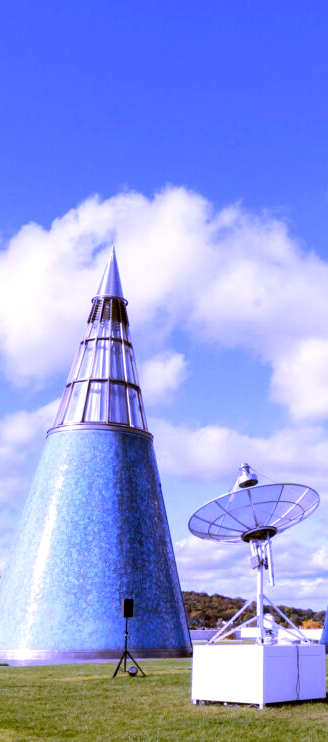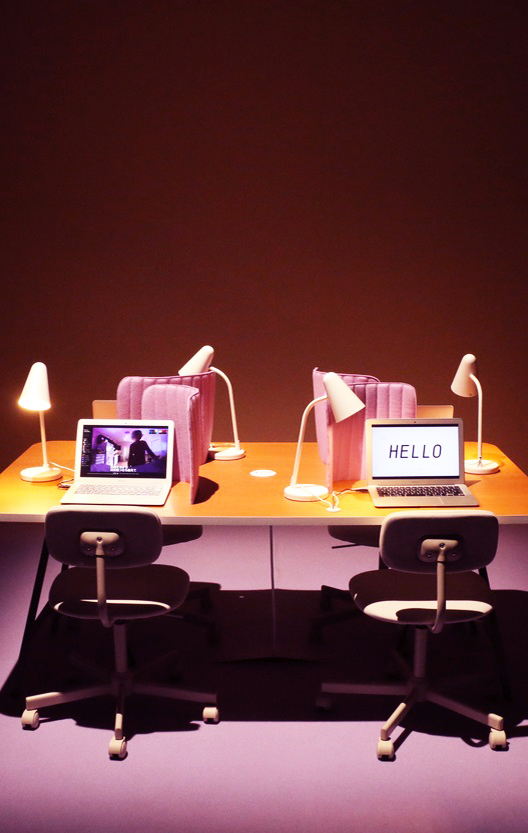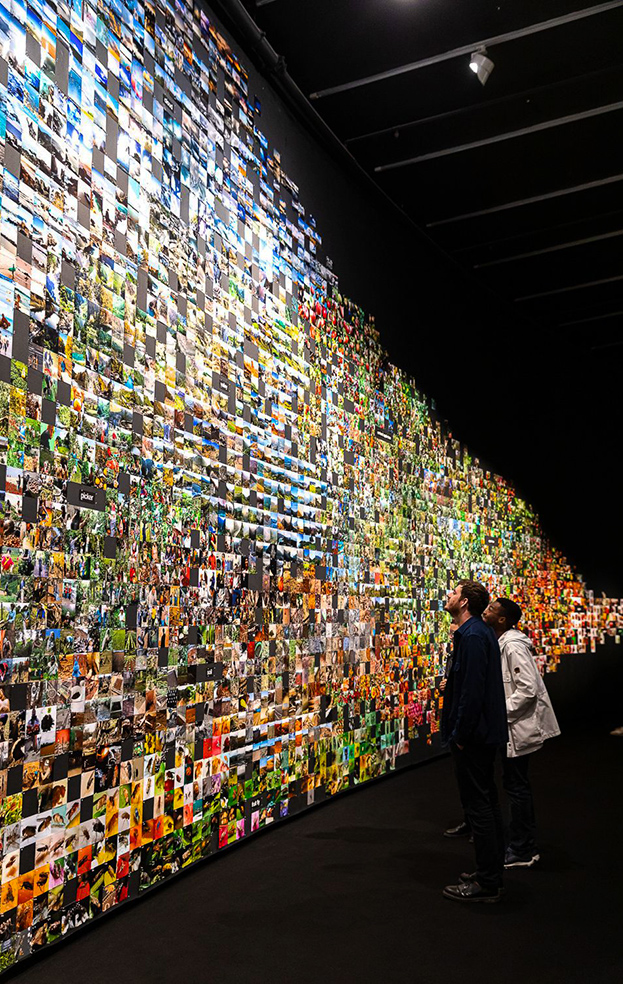
Maurizio Bolognini
SMSMS-SMS Mediated Sublime
CIMs-Collective Intelligence Machines
“In 2000, I began to connect some of these computers to the mobile phone network (SMSMS-SMS Mediated Sublime, and CIMs-Collective Intelligence Machines). This enabled me to make interactive and multiple installations, connecting various locations.
In this case the flow of images was made visible by large-scale video-projections and the members of the audience were able to modify their characteristics in real time, by sending new inputs to the system from their own phones. This was done in a similar way to certain applications used in electronic democracy. What I had in mind was art which was generative, interactive and public.”





